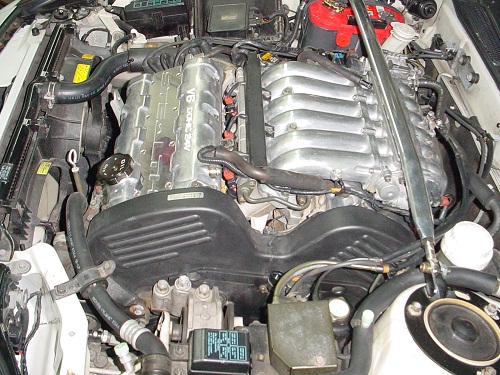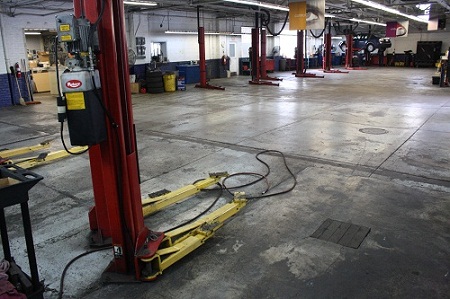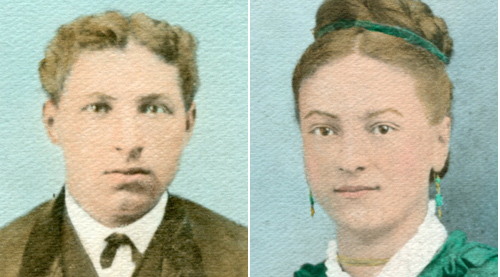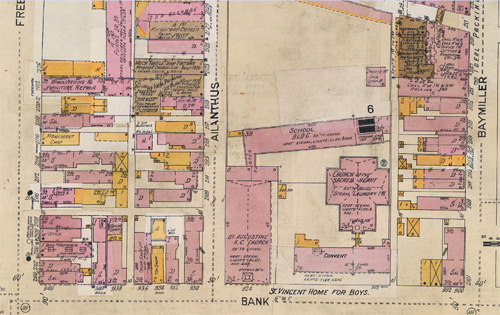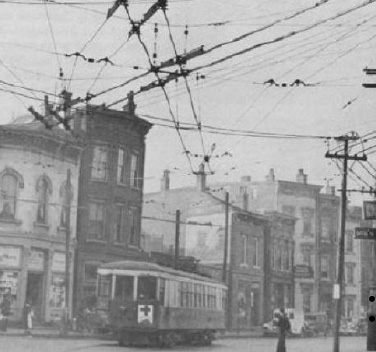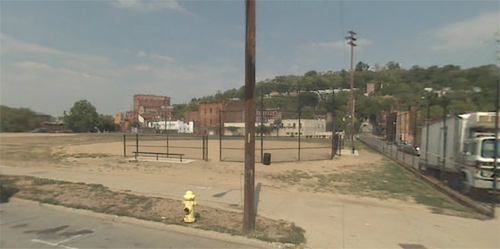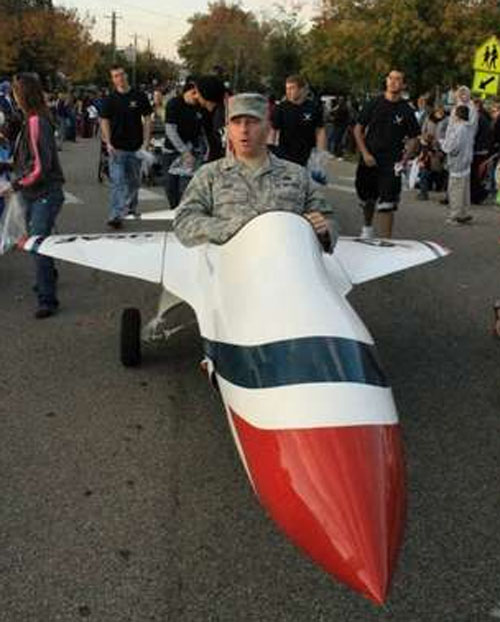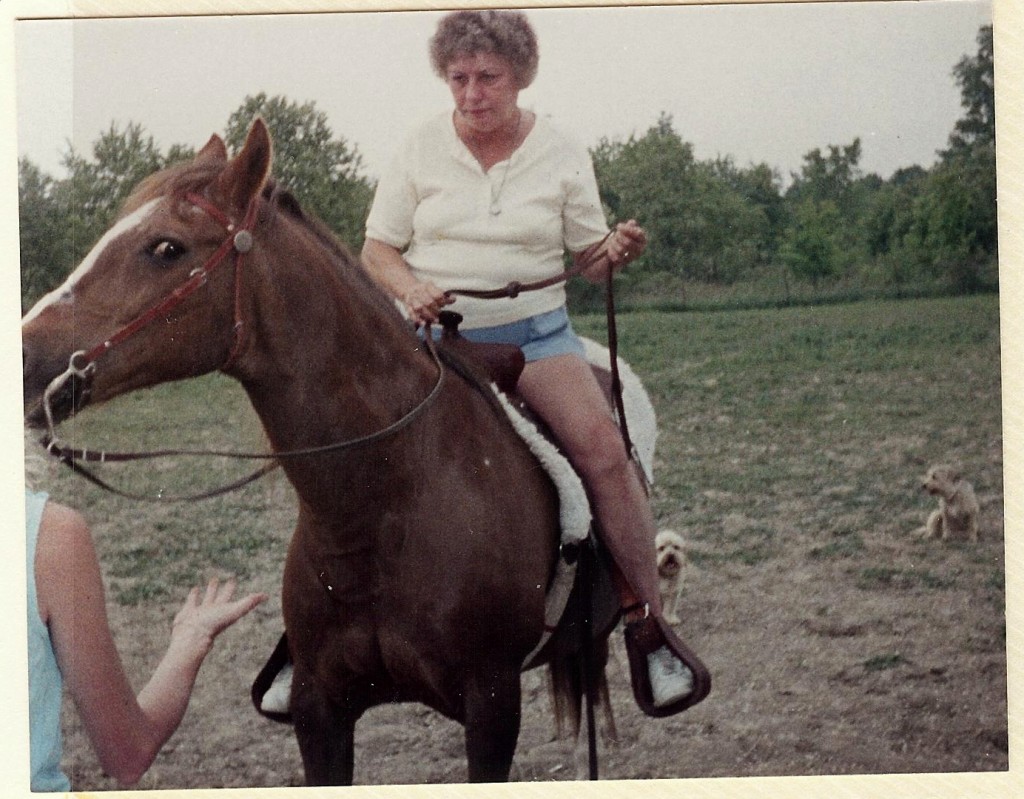Cars are better than they’ve ever been. They can go thousands of miles with little or no maintenance and are marvels of engineering science. The littlest economy car is safer to crash than the biggest 10 year old sedan. Gas mileage keeps going up and pollution levels keep going down. What’s not to like?
Cars are designed to be easy to manufacture. Nowhere in the manual does it say anything about ease of repair. The first time you want to remove a hose clamp, you notice that it was obviously installed when the motor was out of the car. You can only hope to get a tool on it. Then you want to remove an electrical connector. Good Luck. Every one is double and triple locked, and each one is unique. By the time you figure out how it comes off, you’ve already broken it because, after all, it is only plastic. And getting a new one from a parts guy is difficult also, as there are thousands of them on a car, and he’ll be searching forever to get the right one, which he won’t have, and it you order it, it is guaranteed to be the wrong one when it comes in.
Parts are subassemblies. To decrease the burden of stocking thousands of parts, subassemblies have become popular. To buy a fuel pump for a pre-millenium car, you bought a fuel pump. Now you get a giant box that is almost as big as the fuel tank, with numerous plastic hoses, valves, sensors and what not. Buried deep in all this mess is the tiny fuel pump, now just a miniature version of it’s previous self. Granted things are more complex now, but still….
Cars are getting lighter, but tires are getting heavier. Tires have been growing in size every year, till now it’s almost common to see 18 and 19 inch tires on cars. The aluminum rims used to be lighter, but now are so big that you need to be the Incredible Hulk to change one. When I started working on cars, tires were usually 6.00 by 15 inch, and you didn’t even need a power machine to put a new tire on a rim. And those rims were steel also, but still lighter by a long way than modern tires.
Cars are incredibly sophisticated. The only modern machines that are more complex than cars are jet fighters. Mechanics are starting to need college educations to understand them. People that work on their own cars are increasingly fighting an uphill battle, not the least of which is access to information. Car Manufacturers consider any and all information that isn’t in the owner’s manual to be a state secret. Even the amount of money it takes for special tools and electronic scan tools can bankrupt a dealer, ,much less an individual that tries to figure out his own car.
I’m at a loss to think what you’ll be giving your kid to drive when he’s 16, a few years from now. Everyone can’t afford to put them in something brand new, and almost every 10 year old car will be as sophisticated as the space shuttle, will cost thousands of dollars to fix when it needs it, and you won’t be able to do it yourself to save a few bucks, even it you are handy. Cars from the 60’s were a lot easier to understand, and could be fixed by the average Joe. Older MG’s and Chevy’s have quite a following as parts are cheap and available, and the cars are simple to understand and repair. Car makers need to meet us in the middle somewhere.

